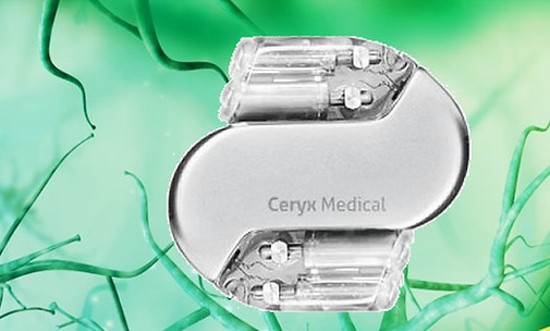Pacemakers are designed to take over when a heart’s sinus rhythm no longer provides for the body’s immediate needs. My interest in pacemakers goes back more than 37 years when my daughter was born with a severe congenital heart and lung abnormality. One of the many solutions at that time proposed for her future included implanting a pacemaker, a metronomic device that provides steady beats to a damaged organ. But our hearts don’t work exactly the same as pacemakers. When we exercise our heart rate speeds up. And when we rest it slows down. Pacemakers don’t.
Research at the University of Auckland, in New Zealand, recently published in the journal Basic Research in Cardiology, describes a newly invented “bionic” pacemaker designed to emulate the way our heart responds to different levels of activity. This norm of our heartbeat is called heart rate variability (HRV).
In the presence of cardiovascular disease, HRV degrades eventually leading to congestive heart failure (CHV). CHV impacts an estimated 30 million globally with 50% dying from it within five years of diagnosis. Growth in the heart failure population is seen as the number one cause of hospitalizations in people over the age of 65. Obesity and improvements in saving people after having a heart attack are driving forces behind these hospitalization rates with estimates of CHB growth to increase by 44% by 2030.
The common tools to combat CHV are pharmaceuticals and pacemakers. But the latter doesn’t match the interbeat intervals found in normal hearts determined by respiration rates interconnected to sinus rhythm. Referred to as Respiratory Sinus Arrhythmia (RSA) this is something a pacemaker is not designed to do. Rather it is more like the Everready bunny and just keeps going and going. Even if a patient is brain dead if they have a pacemaker its metronomic beat will continue.
The bionic pacemaker invented by researchers at the University of Auckland uses biofeedback to emulate RSA. It picks up on changes in breathing to adjust heartbeat rates. In sheep suffering from chronic heart failure, the test subjects for the research described in the recently published paper, this neuron-based pace-making device was able to modulate and mimick normal RSA.
One of two research fellows doing the research at the Centre for Heart Research, Julia Shanks, is quoted in a press release issued by the university on February 18, 2022, describing the new device as bringing back the variability found in nature’s pacemaker. She notes, “there’s nothing really on the market that will cure heart failure. All the drugs will do is make you feel better. They don’t address the issue that you’ve got damaged tissue that’s not contracting as efficiently as it was. Our new pacemaker brings back this variability, which of course is natural.”
Her colleague in the research study, Rohit Ramchandra, is also quoted stating that the study “shows that the introduction of natural variability in the heartbeat improves the heart’s ability to pump blood through the body. The other big news is that we get a 20% improvement in cardiac output, which is effectively the ability of the heart to pump blood through the body. And 20% is a big number.”
With the completion of the animal study, Waikato Hospital in New Zealand will lead a clinical trial later this year involving human patients. A startup company, Ceryx Medical, was spun out of the University to hold the intellectual property and patents for the unique electronics in this new pacemaker. The company’s website calls it “unique bioelectronic technology that could change the way diseases such as heart failure are treated.”









